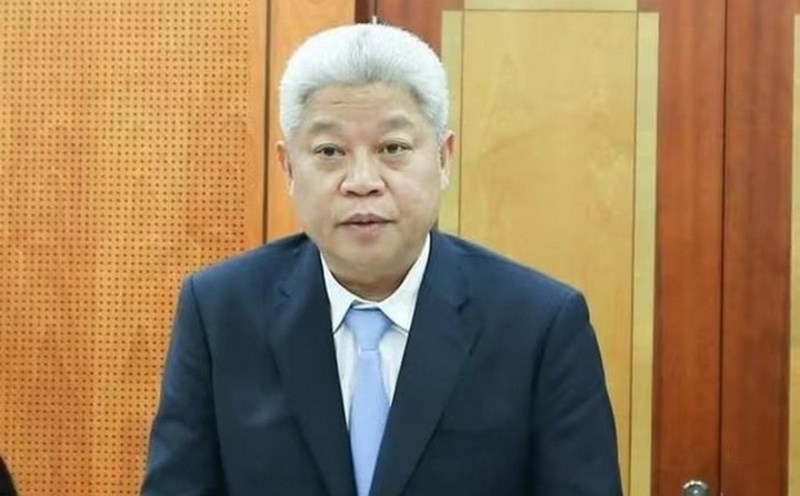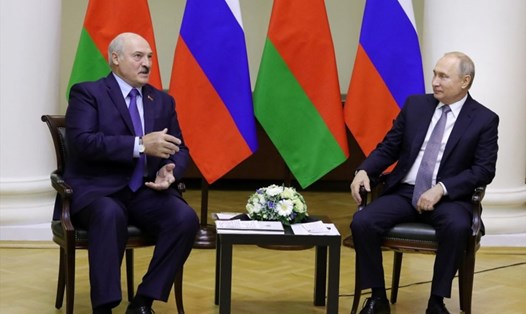Conflict flare-up
Armenia said that Azerbaijan launched a "attack" on Nagorno-Karabakh on the morning of September 27 local time. RT reported that there had been reports of the shot down of an Azerbaijani plane. Armenia said it was taking " retaliatory measures" in the disputed area.
Despite the difficult ceasefire, hostilities continued along the border of the densely populated area of Armenia, home to about 145,000 people, top officials from both Armenia and Azerbaijan confirmed the news. Although internationally recognized as Azerbaijan, Baku has not been in control of the area since 1988.
"The enemy has begun an attack on Artsakh," Prime Minister Armenia Nikol Pashinyan wrote on Facebook, referring to Nagorno-Karabakh as called by Armenia. Nagorno-Karabakh was forced to successfully repel the attack, and the situation is under control, he said.
Meanwhile, the Azerbaijani Defense Ministry said the army had launched a counter-offensive campaign along the entire front to protect civilians and deter Armenias forces. Baku said the counterattack was involved by infantry and armored units and supported by the air force.
As the crisis unfolded, top officials in Azerbaijan accused Azerbaijanese forces of shelling positions of the Azerbaijani army and densely populated areas.
Stepanakert - the largest city in the region with more than 55,000 people - was also hit by Azerbaijani shelling, according to Nagorno-Karabakh officials. A spokesperson for Nagorno-Karabakh wrote on Facebook: "We call on people to stay calm."
Then, on the same day, September 27, Nagorno-Karabakh leader Arayik Harutyunyan declared martial law and announced a general mobilization for all men over 18. We are not a party to the war, but we are ready for war, he said.
There were many reports of casualties and conflicts from both sides. The Azerbaijani military confirmed that a Russian fighter jet was shot down but the crew survived, adding that some of the victims were not identified as civilians. Azerbaijan also claimed that 12 Armenia's air defense systems were hit and destroyed.
Meanwhile, the Armenia military insists that Azerbaijan's damage was much greater, with up to two helicopters, three tanks and three drones.
The Armenia Ministry of Defense has released a video showing an Azerbaijani tank hit by a cross-hammer bullet. The car stopped and was seen emitting large black smoke in the footage, which could not be verified immediately. But Baku denied the report.
Azerbaijan and Azerbaijan have been arch-rivals since gaining independence in the 1990s. The focus of the conflict is Nagorno-Karabakh, a region of increasinglynamename Armenia located deep in Azerbaijan, where Baku considers it sovereign and Yerevan considers it an independent brotherhood.
The most recent major conflict between Armenia and Azerbaijan occurred in April 2016, when the two sides fought for four days and deployed heavy weapons, including tanks and aircraft. The fighting took the lives of more than 90 soldiers on each side and killed more than a dozen civilians.
Neighbor Russia speaks out
Regarding the latest developments, on September 27, Russian President Vladimir Putin held a phone call with Armenia Prime Minister Nikol Pashinyan. RT quoted a Kremlin statement saying that President Putin expressed concern about the developments and believed that the immediate goal was to end hostile actions.
Speaking to President Putin, Prime Minister Pashinyan stressed that third parties from outside the region should not get involved in the situation.
Prime Minister Pashinyan has previously criticized Turkey, a long-time ally of Azerbaijan, for interfering in the situation. Turkey has spoken out in support of Baku in the ongoing war and blamed Yerevan for the violence.
Earlier, Russian Foreign Minister Sergei Lavrov called both his Azerbaijan and Armenia counterparts to express Russia's concerns and urge a peaceful resolution of the conflict.








